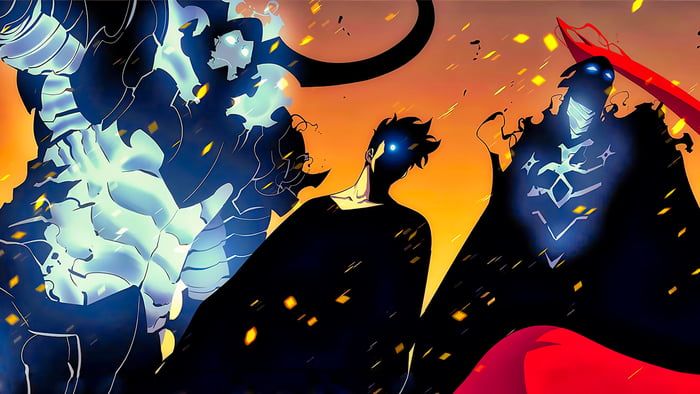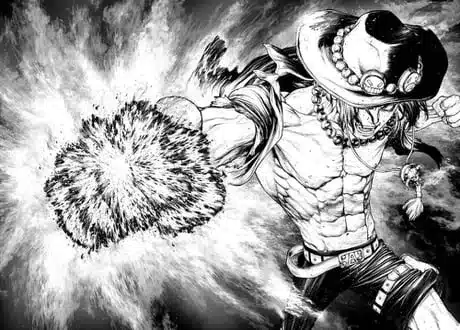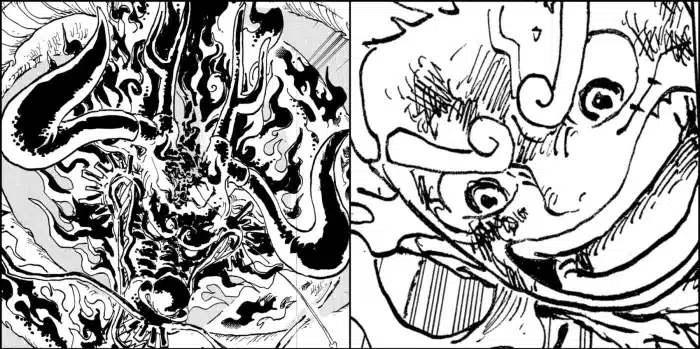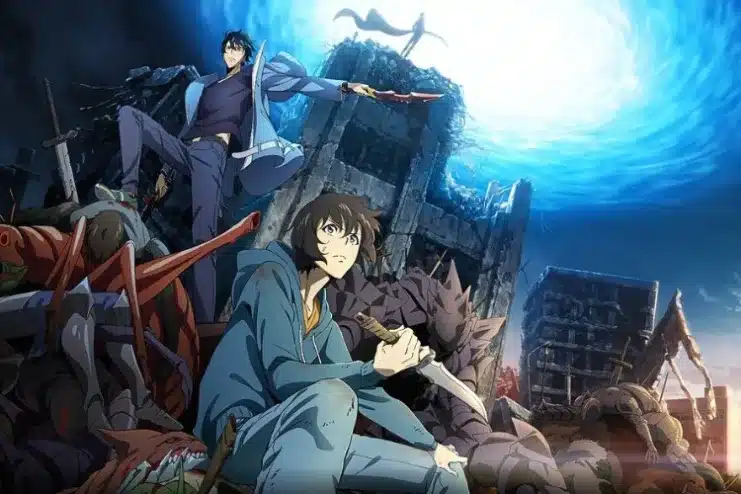
Explore the subtle differences between manga, manhwa, and manhwa and their global influence.
Comics are not only a form of entertainment, they are windows into complex and diverse cultures. From Japan to Korea and China, manga, manhwa, and manhwa reflect the idiosyncratic views of each society, respectively. Although they look similar at first glance, each style offers a unique perspective and a rich history, a result of its time with its historical legacy. In Japan, manga dates back to the 12th century animal cartoons and has evolved through socio-political changes to become an internationally recognized art form pioneered by famous figures such as Osamu Tezuka.
Manhwa and Manhwa, though less well-known internationally, share a history of censorship and cultural rebirth. Initially under the influence of Japanese occupation and later political censorship, manhwa found new life in Korea in the Webtone digital format, which gained popularity around the world. In China, manwa has struggled with government restrictions but has seen a resurgence in online self-publishing platforms, which have allowed artists unprecedented creative freedom.

A fusion of art styles
The art of these comics varies greatly from country to country, reflecting their respective cultures and artistic traditions. While manga is famous for its characters with big eyes and exaggerated facial expressions, Korean and Chinese styles prefer a more realistic and proportionate approach.
This difference not only defines the aesthetic of each style, but also affects how stories are told and how characters are developed. Mangakas, manwagas, and manhuajas use these differences to create works that are personal and universal, focusing on specific aspects of psychology and society. Additionally, this stylistic diversity allows complex themes such as identity, ethics and human relationships to be explored in a way that resonates with local and international audiences, thereby reflecting a wide range of human experiences and narrative visual art.


The direction of reading, the reflection of tradition and modernity, also distinguishes these comics. Manga and manwa are read from right to left, a practice that dates back to ancient Asian literary traditions. In contrast, the Manhwa is read from left to right, reflecting adaptation to Western cultural influences and facilitating its accessibility to an international audience. This adaptation is not easy; Visual narrative changes the way we perceive and communicate by providing a different reading experience that can appeal to different audiences.
The Globalization of Asian Comedy
The popularity of Asian comics has led them to increasingly adapt to the anime format, blurring the lines between manga, manhwa, and manhwa. Series like Solo Leveling show that stories can transcend their regional origins and capture the imagination of a global audience. This event not only enriched the anime industry, but also increased the interest in the original forms of these comics, increasing their demand and production.


In addition to Manhwa and Manhwa being adapted into anime, the fusion of cultural elements in these animated series has created a cross-cultural dialogue that enriches creators and viewers alike. This not only reflects the globalization of the media, but also the ability of these graphic stories to connect with universal themes such as the search for identity, the fight against adversity and the respect of human diversity.